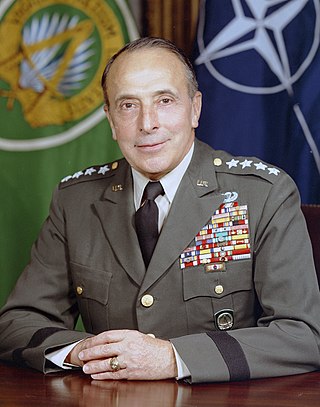
Lyman Louis Lemnitzer was a United States Army general who served as the fourth chairman of the Joint Chiefs of Staff from 1960 to 1962. He then served as the Supreme Allied Commander Europe of NATO from 1963 to 1969.
Operation Sledgehammer was an Allied plan for a cross-Channel invasion of Europe during World War II, as the first step in helping to reduce pressure on the Soviet Red Army by establishing a Second Front. It was to be executed in 1942 and acted as a contingency alternative to Operation Roundup, the original Allied plan for the invasion of Europe in 1943. Allied forces were to seize the French Atlantic ports of either Brest or Cherbourg and areas of the Cotentin Peninsula during the early autumn of 1942, and amass troops for a breakout in the spring of 1943.
Europe first, also known as Germany first, was the key element of the grand strategy agreed upon by the United States and the United Kingdom during World War II after the United States joined the war in December 1941. According to this policy, the United States and the United Kingdom would use the preponderance of their resources to subdue Nazi Germany in Europe first. Simultaneously, they would fight a holding action against Japan in the Pacific, using fewer resources. After the defeat of Germany—considered the greatest threat to the UK and the Soviet Union—all Allied forces could be concentrated against Japan.
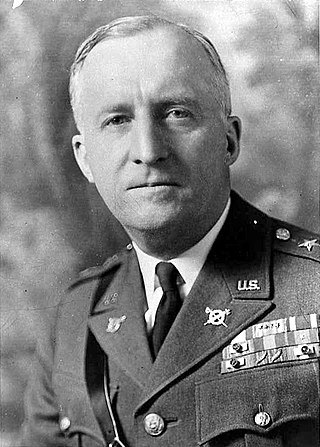
Hugh Aloysius Drum was a career United States Army officer who served in World War I and World War II and attained the rank of lieutenant general. He was notable for his service as chief of staff of the First United States Army during World War I, and commander of First Army during the initial days of World War II.

Panzer Battles is the English language title of Friedrich von Mellenthin's memoirs of his service as a staff officer in the Panzerwaffe of the German Army during World War II.

James Arthur Williams was a United States Army lieutenant general. Williams served as Director of the Defense Intelligence Agency in the 1980s. He was a 1987 inductee of the Military Intelligence Hall of Fame and was the chairman of the board of directors for the National Military Intelligence Association.

Lieutenant General James Guthrie Harbord was a senior officer of the United States Army and president and chairman of the board of RCA. During World War I, he served from mid-1917 to mid-1918 as chief of staff of the American Expeditionary Forces (AEF), commanded by General John J. Pershing, before commanding a brigade and briefly a division and then the Services of Supply of the AEF. In the former role he was, in the words of former soldier-turned historian David T. Zabecki,
The U.S. Army's first modern operational-level chief of staff in a combat theater, and he would be the model for all others who followed. He played a key role in developing the staff structure and organization used throughout the U.S. military to this day, as well as by most NATO countries. He was one of the most influential U.S. Army officers of the early 20th century.
Operation Roundup was the codename for a plan to invade Northern France in the spring of 1943 prepared by Allied forces during World War II.
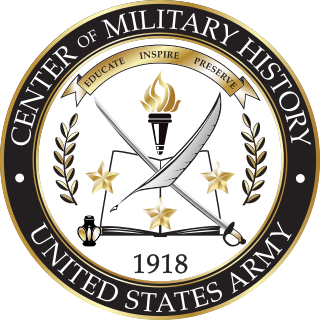
The United States Army Center of Military History (CMH) is a directorate within the United States Army Training and Doctrine Command. The Institute of Heraldry remains within the Office of the Administrative Assistant to the Secretary of the Army. The center is responsible for the appropriate use of history and military records throughout the United States Army. Traditionally, this mission has meant recording the official history of the army in both peace and war, while advising the army staff on historical matters. CMH is the flagship organization leading the Army Historical Program.
Mustang is a military slang term used in the United States Armed Forces to refer to a commissioned officer who began their career as an enlisted service member. A mustang officer is not a temporary or brevet promotion but is a commissioned officer that receives the same pay and command responsibilities as all other commissioned officers.
Vietnam Magazine is an American full-color history magazine published bi-monthly which covers the Vietnam War. It was founded in 1988 by the late Colonel Harry G. Summers, Jr. Colonel Summers served in the U.S. Army in both Korea and Vietnam, where he was twice wounded and decorated for valor. The current editor is David T. Zabecki, a major general in the U.S. Army Reserve and currently the Deputy Chief of Staff for Mobilization and Reserve Affairs for U.S. Army Europe.

Robert M. Citino is an American military historian and the Samuel Zemurray Stone Senior Historian at the National WWII Museum. He is a leading authority on modern German military history, with an emphasis on World War II and the German influence upon modern operational doctrine.
Truppenführung was a German Army field manual published in 2 parts as Heeresdienstvorschrift 300: Part 1, promulgated in 1933, and Part 2 in 1934.
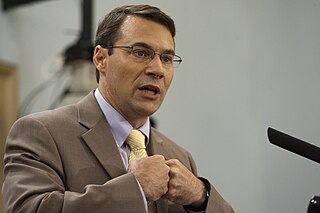
John Albert Nagl is a retired Lieutenant Colonel in the United States Army. He is a former president of the Center for a New American Security and former headmaster of The Haverford School. Nagl is an expert in counterinsurgency and has published two books on military strategy.
James J. Cooke was an American historian, author, academic and soldier. He is known for his studies of the United States Armed Forces during World War I.
This table contains the final ranks and insignia of the Waffen-SS, which were in use from April 1942 to May 1945, in comparison to the Wehrmacht. The highest ranks of the combined SS was that of Reichsführer-SS and ObersterFührerder SS; however, there was no Waffen-SS equivalent to these positions.
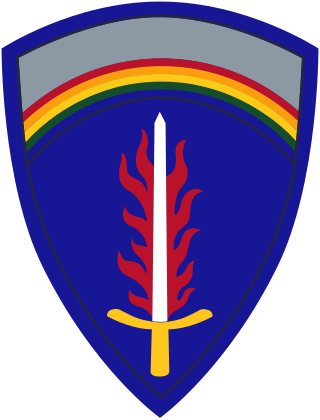
United States Army Europe and Africa (USAREUR-AF) is an Army Service Component Command (ASCC) /Theater Army responsible for directing United States Army operations throughout the U.S. European Command (EUCOM) and U.S. Africa Command (AFRICOM) area of responsibility.

Cannabis usage is currently prohibited in the United States military, but historically it has been used recreationally by some troops, and some cannabis-based medicines were used in the military as late as the twentieth century.

John Frederick Prados was an American author, historian, and wargame designer who specialized in the history of World War II, the Vietnam War, and current international relations.

Lieutenant General Harris Whitton Hollis was a United States Army officer who served in World War II and the Vietnam War.












